Aryabhata’s division of Zodiac
In the Aryabhata system, with the introduction of the Rasi system, the ecliptic was divided into 12 equal parts. Each equal part contained two Nakshatra. There were 24 Nakshatras and the total number of NakshatraPadas(quarters) in one sign equaled 8 Padas. In this way, the total number of NakshatraPadas was 8×12=96 Padas.
This type of division has been inferred from Arya Siddhanta of Aryabhata where he has given the maximum limit of Equinox as oscillating 24° on either side as shown in Figure I.
A to B is 90°. B to C is again at 90°. Thus the whole ecliptic is divided into 4 quarters or 90° x 4 = 360°. Aryabhata says that the Equinox moves 24° from point A to point B. The value diminishes from B to C and becomes zero at point C and again increases from C to D and diminishes from D to A becoming zero at A.
In this way the Equinox moves the entire circle sometimes up and sometimes down, thus orbiting a total of 24 x 4 = 96°.
The Aryabhata system consists of 96 Nakshatra Padas and the Equinox moves 96°in total. Therefore Aryabhata equates one degree of Precession to one Nakshatra Pada.
In Figure 1, A to B demarcates 3 signs or Aries, Taurus, and Gemini. Point B to C demarcates 3 signs Cancer, Leo, and Virgo. C to D includes Libra, Scorpio, and Sagittarius while D to A shows Capricorn, Aquarius, and Pisces. Each sign consists of 8 Padas as per the scheme of Aryabhata. Therefore three signs consist of 8 x 3 = 24 Padas.
In this way, the maximum movement of the Equinox was determined to be 24°. The maximum years allotted to the Equinox to move the entire circle was given as 7472 years.
Thus one quarter of that period
= 7472 x 1 / 4 = 1868 years.
That is, the Equinox would take 1868 years to traverse 24° in each quarter either increasing or decreasing in value.
The movement of the Equinox was linked with the Nakshatras and Rasis in the following way:-
(a)Point A to B, Point B to C, Point C to D, Point D to A are Equinoctial and Solsticial points. The distance between these points is equal to 3 signs.
(b)Each sign contains 8 Nakshatra Padas. Therefore there are 24 Padas of Nakshatras between each Equinoctial and Solstical points. Therefore the four points contain 24 x 4 = 96 Padas.
The 96 Padas are equal to 96° movement of the Equinox. It means one degree Equinox precedes one Pada of Nakshatra.
(c)The series consists of 24 Nakshatras as shown in Table II
Nakshatras as per Aryabhata
| S.No |
|
S.no |
|
| 1 |
Krittika |
13 |
Vishaka |
| 2 |
Rohini |
14 |
Anuradha |
| 3 |
Mrigasira |
15 |
Jyeshta |
| 4 |
Aridra |
16 |
Moola |
| 5 |
Punarvasu |
17 |
Ashada |
| 6 |
Pushya |
18 |
Sravan |
| 7 |
Aslesha |
19 |
Dhanishta |
| 8 |
Makha |
20 |
Satabhisha |
| 9 |
Phalguni |
21 |
Bhadrapada |
| 10 |
Hasta |
22 |
Revati |
| 11 |
Chitta |
23 |
Aswini |
| 12 |
Swati |
24 |
Bharani |
|
(d)The Rasis or signs contain these Nakshatras as shown in Table III.
Nakshatras allotted to Rasis
| S.No |
Rasi |
Nakshatra |
| 1 |
Aries |
Krittika+Rohini |
| 2 |
Taurus |
Mrigasira+Aridra |
| 3 |
Gemini |
Punarvasu+Pushya |
| 4 |
Cancer |
Aslesha+makha |
| 5 |
Leo |
Phalguni+Hasta |
| 6 |
Virgo |
Chitta+Swati |
| 7 |
Libra |
Vishaka+Anuradha |
| 8 |
Scorpio |
Jyeshta+Moola |
| 9 |
Sagittarius |
Ashada+Sravana |
| 10 |
Capricorn |
Dhanishta+Satabhisha |
| 11 |
Aquarius |
Bhadrapada+Revati |
| 12 |
Pisces |
Aswini+Bharani |
|
(e)Each Nakshatra in the above series was given an arc of 15°.
360/24 = 15°. It is also to be noted that the Earth rotates 15° in one hour i.e. one Nakshatra was in fact the time to represent the rotation of the Earth. The Nakshatra, in ancient astronomy, was used as an unit of time.
Varahamihira’s Division of Zodiac
Varahamihira developed his own system.
(i)Varahamihira wanted to integrate Rasi, Nakshatras, planets, ecliptic etc., in his system.
(ii)In order to integrate the whole system to make it the compendium of Hora Sastra, he addressed the discrepancies found in the work of Aryabhata, which otherwise well suited his own system.
(iii)He first connected the planets to the Nakshatras. But it was difficult for him to connect either the 7 or the 9 planets to 24 Nakshatras. Though he tried to connect the 9 planets to 24 Nakshatras, he noticed certain discrepancies. Leo sign as per Aryabhata’s system included Phalguni and Hasta Nakshatras. Aries sign had Krittika and Rohini in it. If the Sun and the Moon were given the lordship of these Nakshatras respectively, then in Leo there was no Nakshatra to give the lordship of the Sun because if Phalguni was given the lordship of Venus, then in successive order the Nakshatra was missing to be given the lordship of the Sun.
(iv)Thus noticing the above discrepancy he divided Phalguni, Ashadha and Bhadrapada into two parts each. Thus he prepared a new series of 27 Nakshatras .
(v)In this new series, each sign contained 9 Padas of Nakshatras or 2 % Nakshatras with each Nakshatra being 13° 20′ of arc.
(vi)He, then proceeded to assign the Nakshatras under the domain of planets.
(vii)The new system had 27° Precession instead of Aryabhata’s 24°. The Equinox of Varahamihira moved 108° unlike 96° of Aryabhata.
A comparison of the two systems is made in Table IV
| S.no |
System Details |
Aryabhata |
Varahamihira |
| 1 |
Total number of Nakshatras |
24 |
27 |
| 2 |
Number of Nakshatra padas in one sign |
8 |
9 |
| 3 |
The movement of Equinox |
Circular |
Circular |
| 4 |
Total number of years for one revolution by Equinox |
7472 years |
7200 years |
| 5 |
Maximum degrees traversed by Equinox |
24degrees |
27 degrees |
| 6 |
Time to traverse one quarter circle by Equinox |
1860 years |
1800 years |
| 7 |
One degree movement of Equinox(years) |
77.83 years |
66.66 years |
| 8 |
One year movement of Equinox |
48″ |
54″ |
| 9 |
Total number of Nakshatra padas in three padas or distance between point A to B |
24 |
27 |
| 10 |
Total number of Nakshatra Padas |
96 |
108 |
| 11 |
Total number of degrees to be traversed by Equinox in one rotation |
96 degrees |
108 degrees |
Varahamihira connected the whole system to his system of astronomy.
a) He connected the Precession of the Equinoxes to epicycles on par with Aryabhata but with different values.
b)He most probably measured the Precession of planetary Nodes in the epicycle.
c)He connected divine years to human years in order to determine the planetary years for the purpose of the Vimshottari Dasa system.
d)In this new system the planetary lordship of Nakshatras was established.Since the Vernal Equinox was placed in Krittika then, the Hindu naming of months was recognized; therefore Krittika Nakshatra was given the lordship of the Sun followed by that of the Moon and then of the inner and outer planets in successive order. For example, the Vernal Equinox in Krittika was heralded as the beginning of the year (RigVeda considers Krittika to be the mouth of the year) as well as Krittika always rising in the East was assigned to be the Nakshatra of the Sun. The second Nakshatra after Krittika or Rohni was considered to be that of the Moon, the most enchanting heavenly body in ancient times. Mars the most illuminated red planet, being very close to the earth was given the next place or the lordship of Mrigasira. Then the intersection of the Moon’s orbit with the Sun’s orbit gave birth to the North Node or Rahu. The lordship of Aridra was given to Rahu and so on. The whole Nakshatra series with planetary lordships was arranged in three batches, each batch containing nine Nakshatras denoting 9 planets as shown in table 5.
| SNo |
Planet |
I Batch Nakshatra |
II Batch Nakshatra |
III Batch Nakshatra |
| 1 |
Sun |
Krittika |
U. Phalguni |
Uttrashada |
| 2 |
Moon |
Rohini |
Hasta |
Sravan |
| 3 |
mars |
Mrigasira |
Chitta |
Dhanista |
| 4 |
Rahu |
Aridra |
Swati |
Satabhisha |
| 5 |
Jupiter |
Punarvasu |
Visakkha |
P.Bhadrapada |
| 6 |
Saturn |
Pushya |
Anuradha |
V.Bhadrapada |
| 7 |
Mercury |
Aslesha |
Jyeshta |
Revati |
| 8 |
Ketu |
Makha |
Moola |
Aswini |
| 9 |
Venus |
P.Phalguni |
P.Ashada |
Bharani |



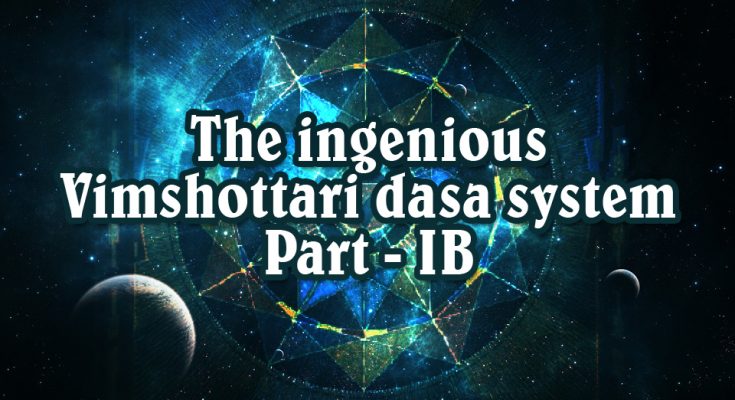
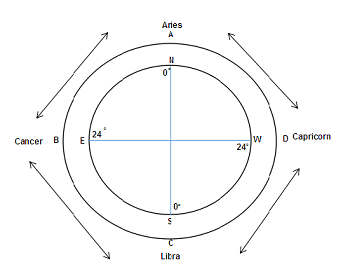

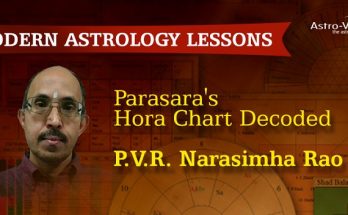
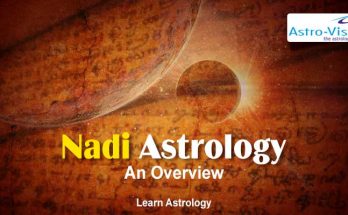
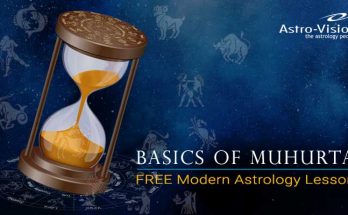

One Comment on “The Ingenious Vimshottari Dasa System – Part IB”